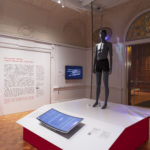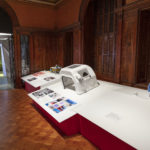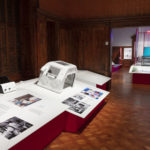This exhibition, curated by MASS Design Group and Cooper Hewitt, Smithsonian Design Museum, was organized during the unfolding COVID-19 pandemic. The pandemic revealed what some have known for a long time: breathing is spatial. This fact has implications at the scale of the body, building, city, and planet. Everyone on Earth has been affected by the pandemic. Unequal access to housing, jobs, and health care ensured that COVID-19 hit marginalized communities harder than others.
This exhibition presents architectural case studies and historical narratives alongside creative design responses to COVID-19. Every designer, artist, doctor, engineer, or neighbor featured in the exhibition asked, “How can I help?” They used open-source collaboration, rapid-response prototyping, product hacking, and social activism to create medical devices, protective gear, infographics, political posters, architecture, and community services—all with the shared aspiration to reduce structural barriers that keep us from accessing the care we all deserve.








![An eye-catching poster of a cartoon-like worker holding a bin of tomatoes and the words [WORKERS FIRST] printed in bubble font repeating vertically in wavy lines filling the background.](https://www.cooperhewitt.org/wp-content/uploads/2021/11/Workers-First-150x150.jpg)




























![An eye-catching poster of a cartoon-like worker holding a bin of tomatoes and the words [WORKERS FIRST] printed in bubble font repeating vertically in wavy lines filling the background.](https://www.cooperhewitt.org/wp-content/uploads/2021/11/s-e-3515-Workers-First_Brian-Herrera-1.jpg)

